Description
hardware flow control. It is an ideal choice in the field of industrial automation.
Design and implementation of variable frequency transmission system based on ABB hardware architecture
introduction
With the increasing development of transmission technology and the increasing demand for actual use, variable frequency transmission systems have been widely used.
As a Fortune 500 company in the world, ABB is a leader in the fields of power and automation technology and has strong capabilities in control
systems, high-voltage, medium-voltage and low-voltage frequency conversion technology and transmission technology. Therefore, this article mainly
relies on ABB”s control, frequency conversion and transmission technology, and uses related hardware products to design and implement the frequency conversion transmission system.
To truly design and implement a usable variable frequency drive system, the entire system must be fully equipped, conveniently operable and
compatible with a wide range of needs, so that it can be used without changing the control method and operation. According to the actual control needs,
that is, combining frequency converters with different performances and variable frequency motors with different speeds or torques to quickly build and realize a variety of control requirements.
1 System design purpose and composition
The design purpose of this system is to control ABB inverters through local and remote control methods and complete 4 independent channels
of closed-loop speed control to drive different test objects to rotate.
The entire control system consists of the following four main components: remote control computer, panel industrial computer (touch screen),
PLC and speed-regulating frequency converter. The system design block diagram is shown in Figure 1.
In order to ensure the accuracy of motor speed control, an encoder module is added. The PLC can obtain the feedback of the rotary encoder in the
frequency converter through the ProfibusDP protocol. The speed control is performed through the frequency converter for internal PID closed-loop control.
2 System hardware implementation
2.1 Control some hardware
The control part of the hardware mainly refers to the sum of hardware that supports operators to use the equipment directly or indirectly and complete
the functions of the equipment. Its main hardware includes computer control terminal, touch screen control terminal, PLC control unit, other auxiliary
circuits and measurement and control components.
2.2 Transmission hardware
The transmission hardware mainly refers to the total number of equipment that can relatively independently perform a complete transmission function.
Its main hardware includes frequency converters, variable frequency motors (configured with rotary encoders as needed) and other auxiliary circuits.
Among them, the selection of motors and frequency converters should be based on the principle of selecting the motor first and then selecting the
frequency converter. details as follows:
First, according to the tangential speed at which the object under test is to complete rotation, select the motor speed according to the following formula:
Secondly, choose based on several other important basic parameters of the motor, such as system hardness, torque, weight, etc
. This system uses ABB”s variable frequency motor.
Finally, select an appropriate frequency converter based on the motor power. In addition, the actual situation of the object being tested must also be taken
into consideration, such as whether the rotating load belongs to the heavy-load usage of the frequency converter, etc.
3Software system
System software includes three major categories in total, namely computer control software, touch screen software and PLC software. Among them, the PLC software, as the
underlying software, is responsible for the interaction with the computer control software and touch screen software on the upper side, and the interaction
with the frequency converter on the lower side. Therefore, from the architecture of the entire software system, it can be defined as a host and slave computer structure.
3.1 System development platform
The software system has two control methods: remote and local. The development platforms for the three major categories of software are Windows operating system,
LabVIEW[4] integrated development environment, CodesysV2.3, and CP400.
3.2 System software architecture
The software of the entire system is divided into three types, namely remote control software, PLC control software and local control software. Among them,
the remote control software runs under the Windows operating system and is developed under the LabVIEW integrated development environment; the PLC control software is
developed under the CodesysV2.3 programming environment; the local control software runs on the touch screen computer and is developed under the CP400 environment.
The relationship between the three software is shown in Figure 2.
https://www.xmamazon.com
https://www.xmamazon.com
https://www.plcdcs.com/
www.module-plc.com/
https://www.ymgk.com
57M300B5A PORTESCAP micro-motor
3IF260.60-1 B&R 2005 CPU or programmable interface processor
5AP1130.156C-000 B&R Automation Panel
VARIAN 100010077-06 VARIAN MLC Interface Plug-In Board
VARIAN 100010078-01 VARIAN MLC Interface Plug-In Board
MVME5500 MOTOROLA VMEbus Single-Board Computer
UDD406A 3BHE041465P201 ABB Input output module
PM573-ETH ABB Logic Controller
SBRIO-9607 NI CompactRIO Single-Board Controller
T16054 Flex Kleen Control
R911268888 Rexroth Servo power supply
PCI-6251 NI Multifunction I/O Module
PC834-001-T Kollmorgen Brushless Servo Drive
P0924DB FOXBORO terminal base
P0917MG FOXBORO Terminal block Module
P0916PW FOXBORO Assembly 32 channel contact sensing
PO916NJ-OB FOXBORO DIN Mount Base
P0914XA FOXBORO terminal
VP325 02X Concurrent Technologies Processor Single Board Computer
XV-440-10TVB-1-20 ETON Touch panel
XVS-440-10MPI-1-10 ETON Touch panel
P0904HA FOXBORO Power Supply Module
SQ-300I B&W Hybrid automatic voltage control
P0400VP-0N FOXBORO Communication Processor
P30B04010PCKST SANYO DENKI SERVO MOTOR
SM-100-40-080-P0-45-S1-B0 ELAU Servo motor
MDB-8E Sartorius Weight bearing sensor
MC-TAMR04 Honeywell Low Level Analog Input Multiplexer
KJ3002X1-BF1 Emerson RTD Card
K2-400 DI470A KEBA Input Card
KEMRO K2-400 CP 450C KEBA PLC LCD monitor Liquid Crystal
INFO-4KP-94161B INDEL AG Communication module
IC200PWR101E GE VersaMax power supply module
HP-5517B Agilent Laser interferometer
IC693CPU364 GE single-slot Central Processing Unit
H201TI GE small on-line early warning transmitter
FBM232 P0926GW FOXBORO Ethernet Communication Module
FBM217 P0914TR FOXBORO Input Module
H92A0K9V0H00 FOXBORO Electrical conductivity transmitter
FCM10E FOXBORO I/A SERIES COMMUNICATION MODULE
EMC1600 EtherWAN 16-Bay Media Converter and Ethernet Extender Chassis
DMC-4143 Galil Motion Controller
DS200SIOBH1ABA GE I/O Control Board
D674A905U01 ABB Cartridge U-low HART / Std. FET 300
CE4050S2K1C0 EMERSON I/O Interface Carrier with Carrier Shield Bar
C400/10/1/1/1/00 SCHNEIDER SERVO CONTROLLER
ATCS-15 SCHUMACHER Temperature control unit
ACC-8E PMAC-2 602469-103 Delta Tau Breakout Terminal Block Board
A90L-0001-0515R FANUC Spindle motor cooling fan
350005-02-04-00-00-00 Bently Nevada DC IN Card Input Module
330930-065-01-05 Bently Nevada NSv Extension Cable
SJDE-08ANA-OY YASKAWA SERVO DRIVE MECHATROLINK
330180-51-00 Bently Nevada 3300XL Proximitor Sensor
330130-040-00-00 Bently Nevada 3300 XL Standard Extension Cable
149992-01 Bently Nevada 16 Channel Relay Output Module
126615-01 Bently Nevada Proximitor I/O Module
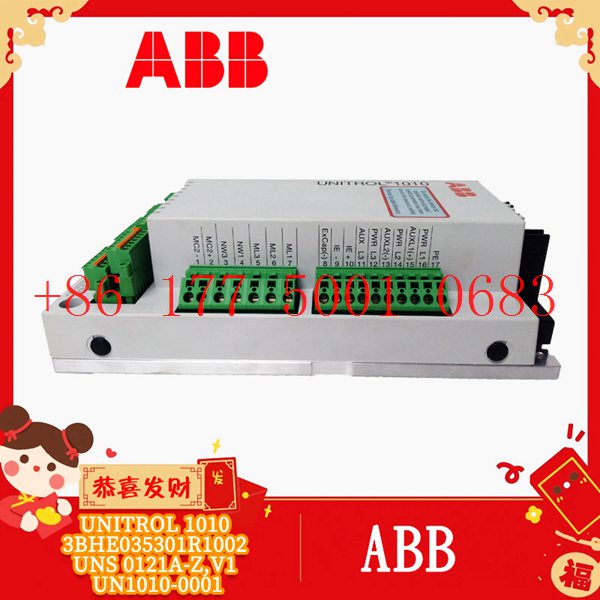
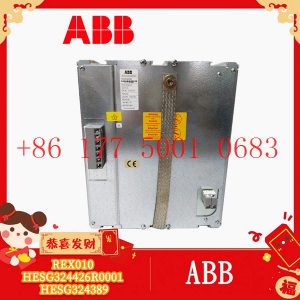
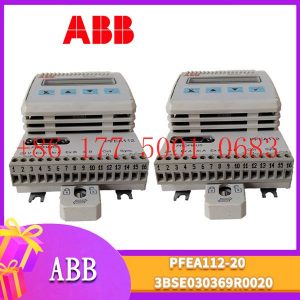
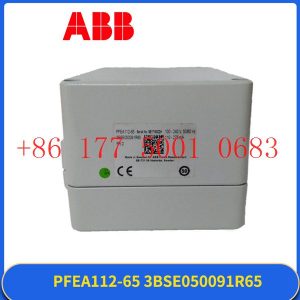
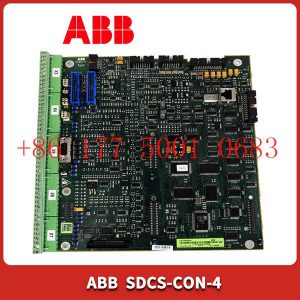




Reviews
There are no reviews yet.